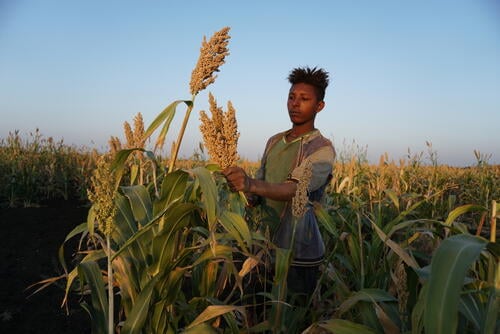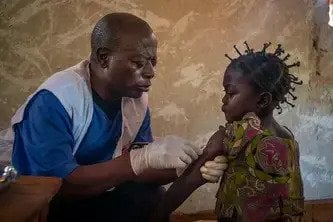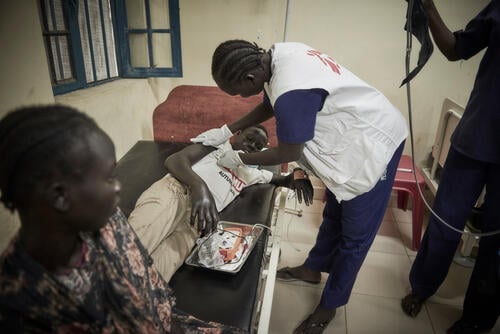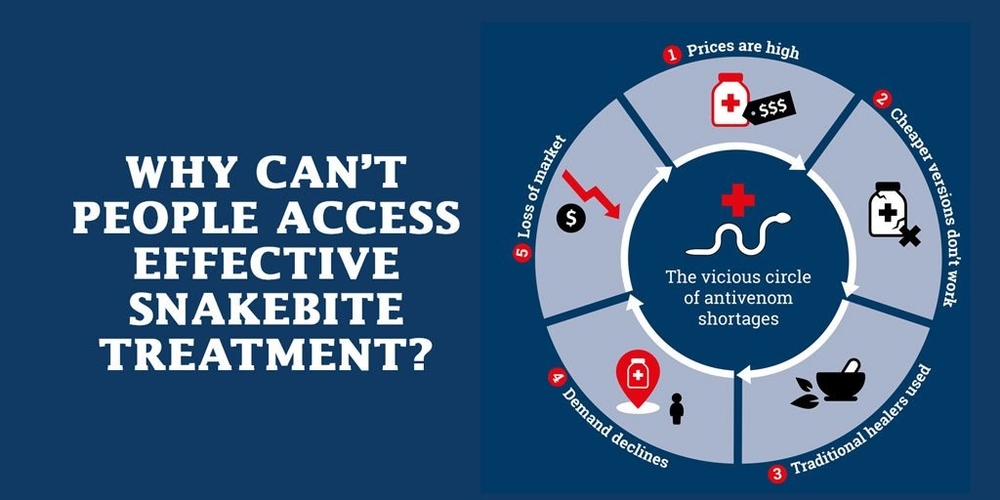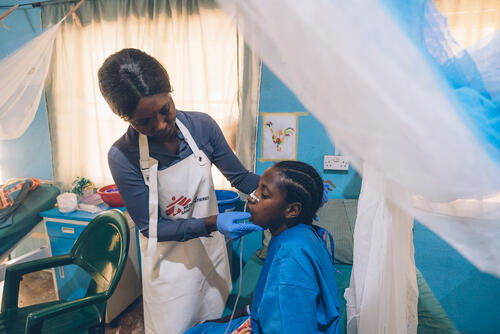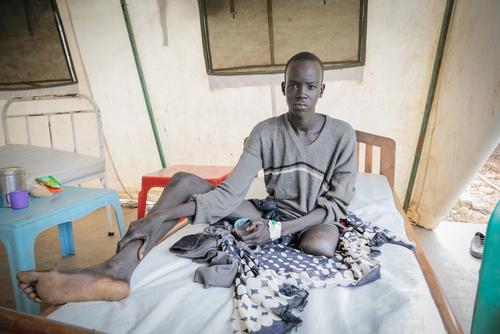Snakebite
Snakebite has always been low on the public health agenda at national and international levels. More than 20,000 people die from snakebites each year in sub-Saharan Africa alone, where we treat several thousand victims of snakebite every year and witness the devastating impact of snakebites on victims, their families and communities in many of the places we work. Access to proper treatment is limited, with quality antivenoms costing several times the yearly salary of a farmer in South Sudan, for example - a population that is particularly affected.
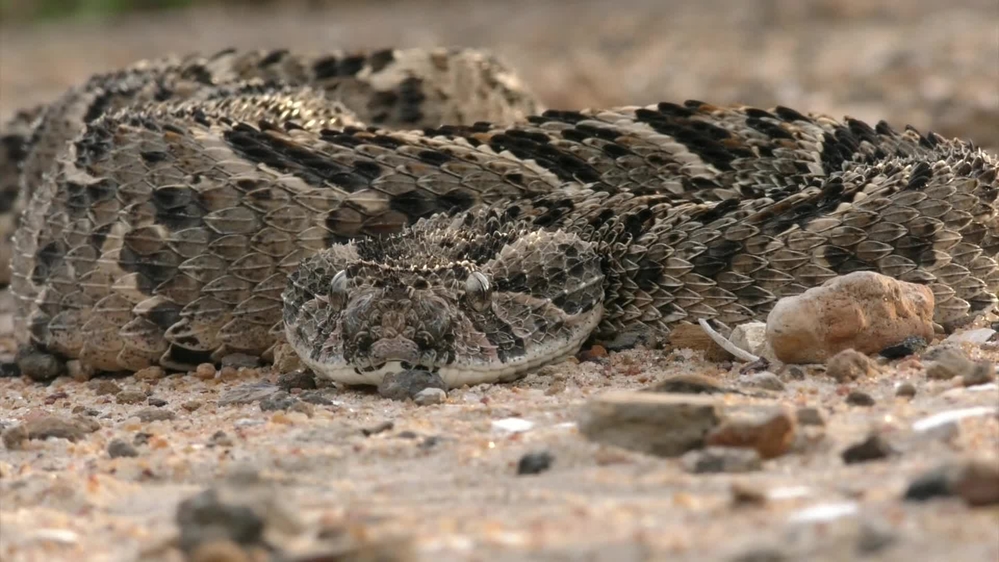
Snakebites in South Sudan (ENG)
Snakebites in South Sudan
MSF treats many victims of snakebite in South Sudan. But a lack of availability of suitable antivenoms has made patient care challenging. In February 2017, MSF sent a herpetologist (someone who specialises in the study of reptiles) to South Sudan to identify the different snake species.
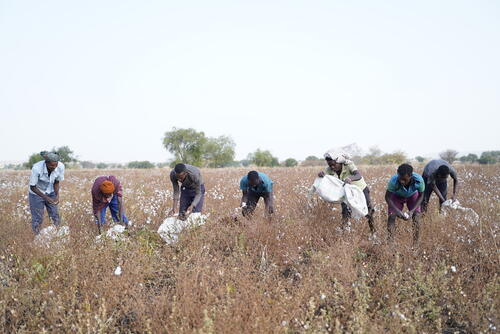
Two decades of combatting the world’s most neglected diseases

Why rapid treatment is essential after a snakebite
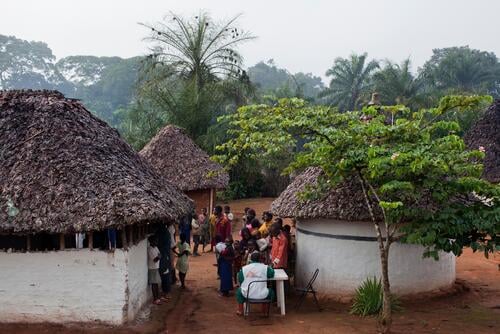
Overcoming neglect: Finding ways to manage and control NTDs
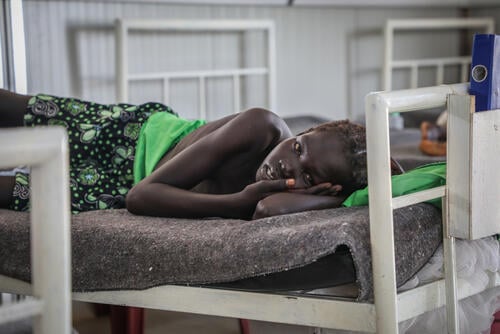
WHO launches strategy to cut snakebite deaths and disabilities in half

Antivenom, not frogs, needed to cure snakebite
